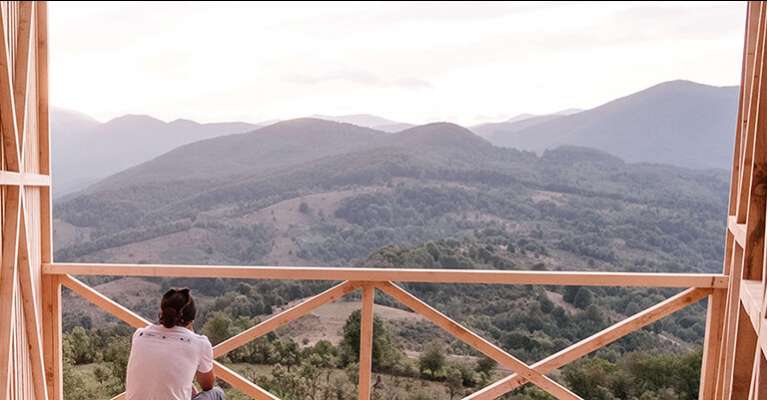WWF Hungary’s nature conservation priorities in order to contribute to WWF-CEE’s mission are the protection of rivers, wetlands and natural forests, ensuring sustainable and environmentally friendly agriculture and rural development, reduction of climate change impacts, improving human coexistence with large carnivores, raising environmental awareness in the public and preservation of the protected and endangered habitats and species.
To achieve this, a skilled team of experts works closely together with national parks, nature conservation and state authorities, educational institutions and business partners, as well as with local people and on a regional level with the WWF network and international non-governmental organizations.
Conservation facts:
Hungary is a basin surrounded by the Carpathians with several endemic species and habitat types. This region is recognized by the EU as the Pannonian biogeographic region. Due to the low elevation, human landuse is significant in all habitats.
Freshwater
- The Danube runs through and drains all of Hungary.
- Hungary is part of the five-country Mura-Drava-Danube Biosphere Reserve, also referred to as the „Europe‘s Amazon“.
- The Tisza river and its wetland system is shared with Romania, Ukraine and Serbia.
- The Drava is a border river between Hungary and Croatia. The longest oxbow on the left side of the river is the Old-Drava, upstream the town of Barcs, Hungary.
Forests
- Hungary's landscapes include high-value lowland forest types and deciduous mountain forests.
- In Hungary, there are 120,000 ha forests that are hundred years old or older. It is approximately a tenth of all forests of natural origin.
Wildlife
- Hungary enjoys the return of large carnivores, such as lynx and wolf and bear.
- The return of large carnivores - especially wolves - causes human-wildlife conflicts that need to be addressed.
Climate & Energy
- There is a huge potential for sustainable biomass use and climate-friendly integrated land use. WWF is also working on climate-adaptation projects such as natural water retention under the already ended MICACC project or the ongoing LIFE LOGOS 4 WATERS project.
Governance
- Hungary plays an important role in regional policy frameworks, including the ICPDR and EU Strategy for the Danube Region.
Impactful projectS:
- 2021: Within the framework of two KEHOP-1.2.1. projects climate strategies were developed for 4 Hungarian settlements, and a Heating FAQ brochure was prepared, which reached all households and is available online as well.
-
2021: In the framework of LIFE MICACC project nature-based water retention solutions have been completed in 5 Hungarian municipalities to support natural water management and prepare local communities for climate change.
-
2021: The first wildlife crime prevention project called LIFE SWiPE was launched and a national report on wildlife crime in Hungary has already been handed out.
-
2020: WWF-Hungary started a campaign to communicate the importance of national park zoning systems. The installation of Hungary’s first such system in Hortobágy National park was celebrated.
-
2020: One of WWF Hungary’s biggest campaigns led to the successful protection of Hajógyári Island – a natural floodplain forest at the bank of Danube in Hungary’s capital, Budapest.
- 2018: One of the largest conservation campaigns saved the Csarna Valley – an untouched forest area of 1,000 ha in Hungary. A plan to develop tourist railways in the valley would have dramatically affected the valley’s ecosystems. WWF Hungary together with more than 70,000 supporters succeeded in preserving the valley and its natural ecosystems for future generations. The campaign is unprecedented in terms of both the number of supporters involved but also the support of the political representation.
















